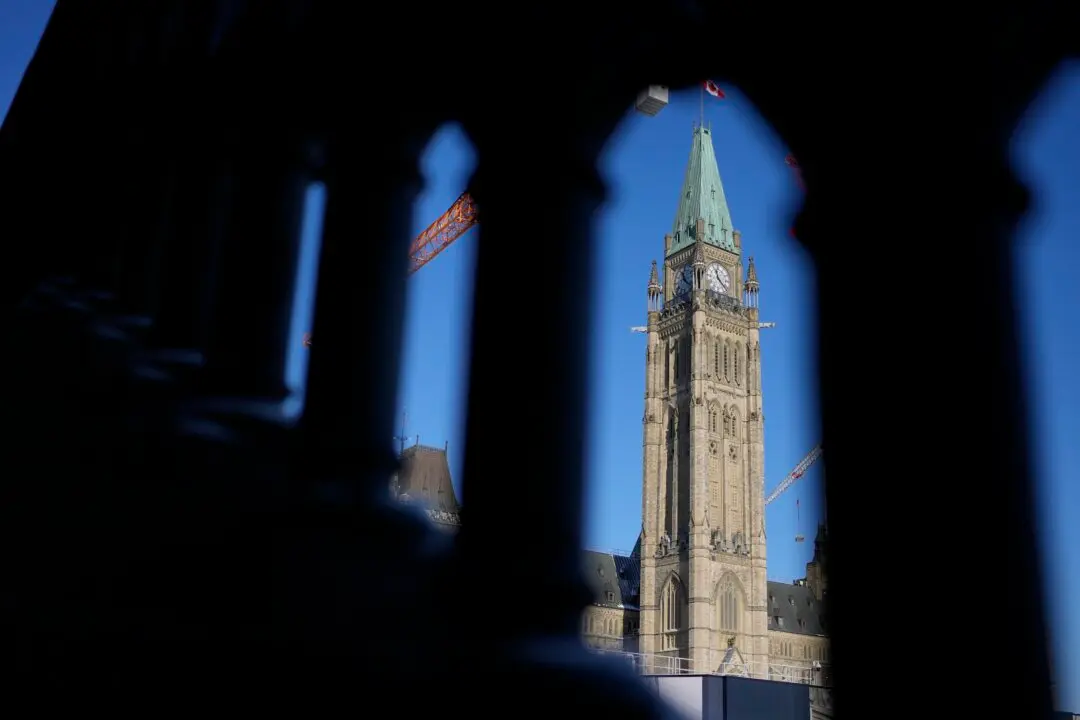The federal government could save up to $10.7 billion this fiscal year 2024–25 alone by eliminating eight spending programs that have been “ineffective,” according to a new study by the Fraser Institute.
The study’s authors say there is a need to review federal spending in light of Canada’s deteriorating finances they see as being driven by “rapidly increasing” government spending.





